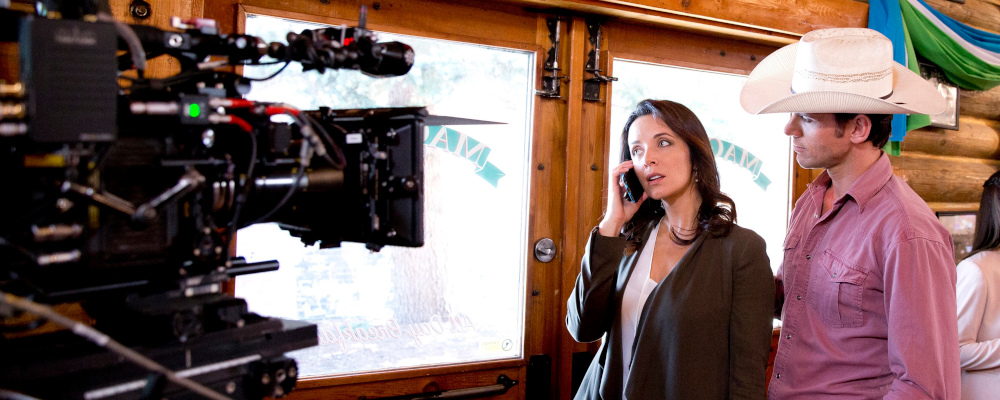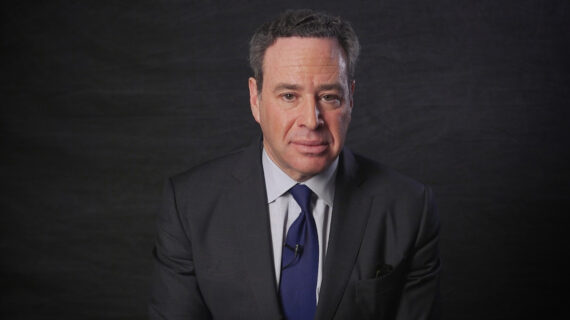For decades, Canadian content has been defined as whatever Canadians make. The definition is based on a 10-point system that counts the number of Canadians employed making a TV show or movie. If enough Canadians are part of the production, it is Canadian no matter the content.
This allows movies and TV shows to qualify as Canadian even if the stories, the characters involved, and their settings are not recognizably Canadian. They can be completely disguised to make them look—in almost all cases—American.
There is enormous pressure to do so. Both Canadian producers and broadcasters like to see American financial participation in their films and TV shows. It increases the fees producers make and the production quality of the projects.

The problem is that the American market is the most parochial in the world. Americans are by and large only interested in stories about themselves. The solution, therefore, is for Canadian producers to make “Canadian content” that makes no reference to its country of origin. The resulting shows look, feel, and smell completely American. Nobody watching them would ever guess that they were Canadian.
This has been a problem for a long time.
When the Canadian series Flashpoint was sold to a major U.S. network, CBS, in 2008, there was much self-congratulation in the Canadian production community. Unfortunately, although it was shot in Toronto, the city was never identified. Even the police uniforms were sanitized; they simply said “police.” The arm patches did not say “Toronto Police” with the crowns and maple leaves that indicate the different ranks. It appeared to be utterly American.
More recently, the most lauded show in Canadian history, Schitt’s Creek, was made by well-known Canadians, financed with Canadian subsidies, and commissioned by the CBC. Nowhere in any of the episodes is there any reference to Canada. Like Flashpoint, viewers would think that it was an American show made for Americans.
This is problematic. It makes it impossible to establish Canadian TV and movies as a desirable category. The Danish, the French, the Israelis, and the British do not disguise their origins. They have all created recognizable national brands that are attractive to both viewers and buyers. But if nobody knows that our films and shows are Canadian, it is impossible to build a category brand around them, no matter how good they are.
Besides, surely the whole business is a little embarrassing and undignified. Making shows that deny their origins is like a colonial servant aping his masters hoping that he will be taken as one of their own. Abasement can only lead to humiliation.
Every year, the Canadian government spends an estimated nearly $1 billion subsidizing “Canadian content.”1Programs and funding vary from year to year, but the Canada Media Fund budget for 2023-24 is $365 million; in 2021-22 the Canadian Audio-Visual Certification Office program offered certificates with an estimated value of $550 million. This is over and above the amounts that the provinces spend and the money that goes to the CBC. Ottawa does so as a “cultural” policy. It is, of course, nothing of the sort. At best, it is an industrial policy designed to aid Canadian companies and employ Canadian creative types.
As part of the government’s Bill C-11, the so-called Online Streaming Act, the CRTC will be reviewing the definition of Canadian content. Its consultations will begin this week. It hopes to be able to produce a definition that is consistent with requiring Netflix, Apple, Amazon, and Disney to invest in Canadian content. For their part, the streamers should be happy with the existing 10-point system. They are, after all, even more likely than the Canadian broadcasters to insist that the shows they finance look and feel American.
But there is an alternative way of looking at the definition of Canadian content. In the U.K., for example, they have a system for defining British content that is completely different from the Canadian one. Instead of a 10-point system based on employment, it has a 35-point one based on cultural considerations. It is, in fact, called the Cultural Test.
Of the 35 points, the first 18 concern whether the characters are identifiably British, whether the program is clearly set in Britain, whether the subject matter is British, and whether it is made in English. A further four points are added if the show is an interpretation of British culture and its history of diversity. Only eight of the 35 points are based on employment.

The U.K. system pretty much guarantees that when a TV program or film is made with British taxpayers’ money, it looks, feels, and smells like Britain.
There is no evidence that the U.K. Cultural Test has disadvantaged British talent. The country’s writers, directors, and actors are in demand throughout the world.
There is also no evidence that the system has reduced British cultural exports. The most recent UNESCO study shows that while Canadian cultural exports—the bulk of which are TV shows and movies—are falling, the U.K.’s are rising. Britain exports $256 per capita of cultural goods, while Canada exports only $44 per capita—down from $79 twenty years ago.
The British insistence that their taxpayers’ money be spent on productions that are culturally British is paralleled in other countries. Similar rules apply, for example, in Italy, Australia, New Zealand, and Germany.
It is important to change the definition of Canadian content to a cultural one not just for reasons of national pride or to keep the streamers in line, but also because it is what the Canadian public wants. In the most recent survey done by the Canadian Media Fund, Canadians said that their number one priority for the redefinition of Canadian content was to make people proud of being Canadian and to contribute to nationhood and national cohesion. That will be impossible if the production industry continues to make ersatz U.S. shows. How can Canadians be proud if they don’t even know that the productions they are paying for are Canadian?
This is an existential danger for the Canadian production sector. If Canadians are not convinced that the money—their money—that Ottawa is pouring into “Canadian” films and TV makes them proud, they may well ask: “Why bother?” And if they ask that, a future Canadian government may well reply: “Why indeed?”




